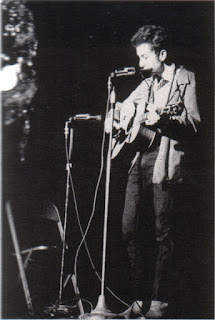Second installment: the origins, purpose and meaning of the American holiday of Thanksgiving
(See November 14 post for the first part of this series)
In the late 19th century, says Fischer, New England the towns
began holding their climactic football games on Thanksgiving. By the 1920s
merchants began to take a hand, and in 1924 the Macy’s parade was born.
Franklin Roosevelt, with some urging from Macy’s retailing legend Fred Lazarus, moved the holiday to the fourth Thursday of November to stretch out the Christmas season in hopes that this would help the national economy. After much debate, Congress agreed, in 1941, to retain that timing.
Nowadays, Americans of all national origins celebrate Thanksgiving, many incorporating food and customs from their home countries into the melting pot.
“If my family were around I’d be looking forward to stuffing,” says Young Tae Seo ’15, who hails from Korea. “But this year, I’m going to be cooking for myself and friends who are on campus so that we can have our own little dinner.” Young will be cooking kimchi stew among other Korean treats.
Fischer says a student from Alabama once told him that an important tradition
for her family was to have a bowl of magnolia blossoms on the table. One of his
Jewish students shared that his family always served kugel as part of their
Thanksgiving ritual.
(A reflection on the American holiday of Thanksgiving from Brandeis University, ...more to follow tomorrow)
 |
| By Source (WP:NFCC#4), Fair use, https://en.wikipedia.org/w/index.php?curid=44493320 |
Franklin Roosevelt, with some urging from Macy’s retailing legend Fred Lazarus, moved the holiday to the fourth Thursday of November to stretch out the Christmas season in hopes that this would help the national economy. After much debate, Congress agreed, in 1941, to retain that timing.
Nowadays, Americans of all national origins celebrate Thanksgiving, many incorporating food and customs from their home countries into the melting pot.
“If my family were around I’d be looking forward to stuffing,” says Young Tae Seo ’15, who hails from Korea. “But this year, I’m going to be cooking for myself and friends who are on campus so that we can have our own little dinner.” Young will be cooking kimchi stew among other Korean treats.
 |
| By Alan Chan - originally posted to Flickr as Kimchi Stew, CC BY-SA 2.0, https://commons.wikimedia.org/w/index.php?curid=4538274 |
 |
| By Ishpashout - Own work, CC BY-SA 3.0, https://commons.wikimedia.org/w/index.php?curid=11096788 |


Comments
Post a Comment